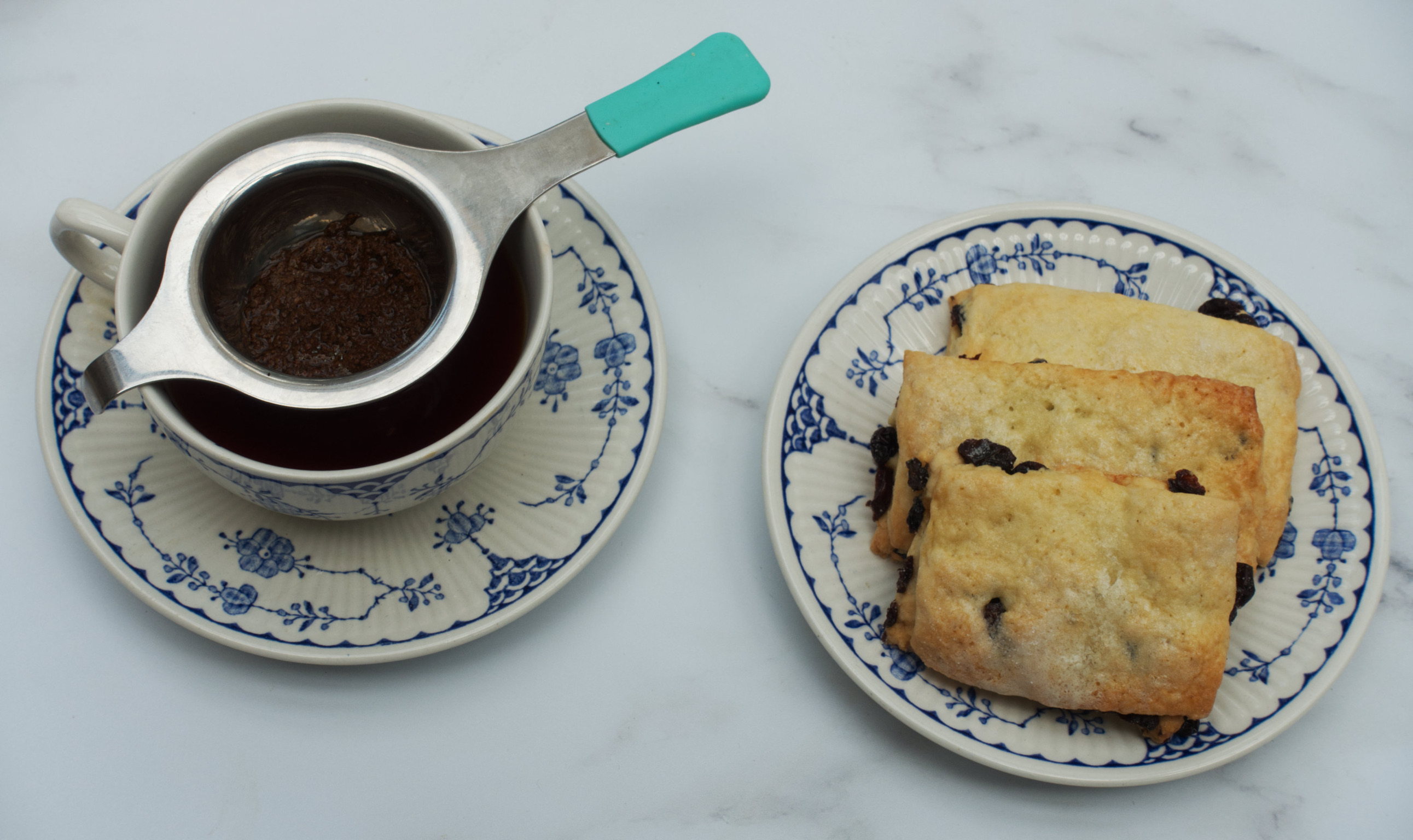I’m not sure that many people would choose the unassuming garibaldi as their favourite biscuit. Garibaldis aren’t flashy: there’s no luxury chocolate, no pretty, brightly-coloured icing, no fancy-pants shapes. They aren’t squidgy, trendy cookies, or wholesome buttery shortbread. In fact, they’re often called squashed-fly biscuits because the currants baked into the dough resemble, well, squashed flies. And yet, they persist. Garibaldi biscuits have stuck around for 150 years, outseeing fads and fickle consumers, keeping their place on supermarket shelves for longer than almost any other biscuit.
The biscuits have an unlikely namesake: Giuseppe Garibaldi, an Italian General, who fought for Italian unification. By the time Garibaldi sailed to the UK in 1854, he was already a celebrity, and his popularity only grew with time. By the 1860s he was a superstar and a household name; historian AJP Taylor grandly declared him ‘the only wholly admirable figure in modern history.’ Britain was obsessed by the Italian hero: a flurry of homeware items were made depicting him, from figurines to tankards, and his name was used for pubs and streets.

Britain’s best politics newsletters
You get two free articles each week when you sign up to The Spectator’s emails.
Already a subscriber? Log in







Comments
Join the debate for just £1 a month
Be part of the conversation with other Spectator readers by getting your first three months for £3.
UNLOCK ACCESS Just £1 a monthAlready a subscriber? Log in